By any measure, global trade has had to weather some unusually severe storms in recent years. Even before the devastating coronavirus outbreak, which has seen commerce slump to a four-year low, according to the World Trade Organisation, US–China tensions slowed activity and hit investor confidence.
Events such as the trade spat and an outbreak of African swine flu in China have combined to realign relationships, strengthening in particular the China–Brazil agriculture trade, which somehow seems immune to the pandemic.
5.9%
the growth in Brazilian beef exports to China in the first quarter of 2020
Brazil’s agricultural exports to the Chinese market in the first quarter increased 5.9% compared to the same period last year. China accounted for three quarters of Brazil’s soy and half of its beef exports, the Brazilian Department of Trade and International Relations reported in May. The figures represent record highs.
While the global political and economic outlook may be volatile, the survival of the China–South America agriculture trade attests to stable Chinese demand. And this is supported by major investments from both public and private Chinese investors in logistics and other industries involved in the supply chain.
The roaring trade may be good news for agribusiness, but surging sales and investment in associated infrastructure carry big risks for vulnerable South American biomes the Amazon, Cerrado and Chaco – vital stores of carbon. Brazil is not the only country in the region that has grown or established trades in agricultural commodities with China since the turn of the century. Argentina, Uruguay and Bolivia have too.
A new interactive map by Diálogo Chino shows where and what stage in the supply chain Chinese investors have increased their presence in South America’s soy and beef industries since 2009. It plots projects financed by China’s policy banks, foreign direct investment, and loans from the China-led New Development Bank. The map draws on existing data compiled by the Inter-American Dialogue and Boston University and the China-Latin America Academic Network.
Tracking Chinese investment in Latin America is a difficult task given that new actors and investment vehicles, including commercial banks and special funds, are emerging all the time. The map includes transactions associated with the soy and beef trade where dates and amounts could be corroborated by reliable media reports. However, new trends bring new opportunities to build up a clearer picture of trade and investment in agriculture and we will be watching closely.
As global trade deals with shocks and realignments, the map is intended as a useful starting point for those wishing to better understand how Chinese investments support a multi-billion dollar trade – and how they interact with some of the world’s most precious ecosystems.
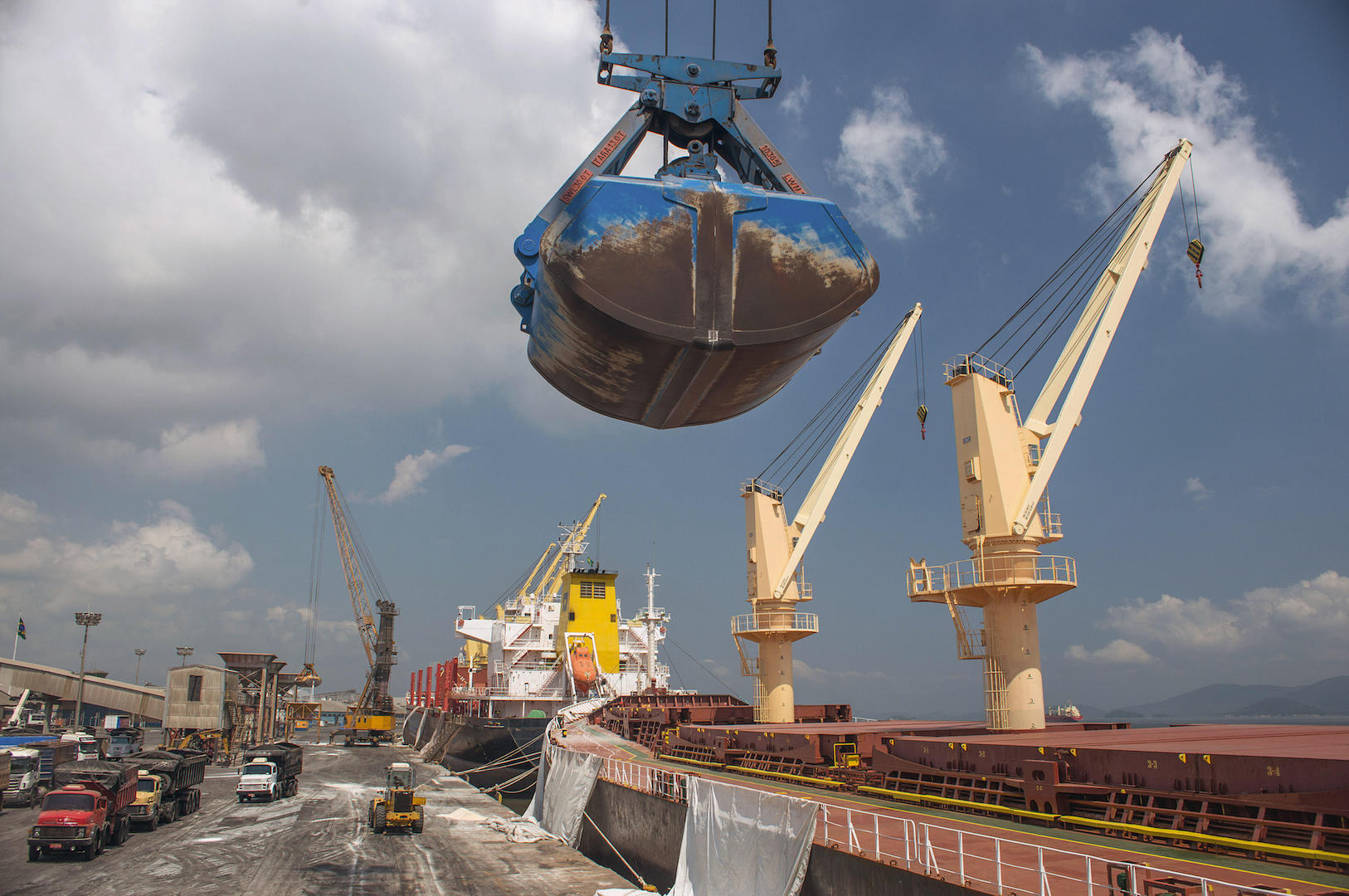


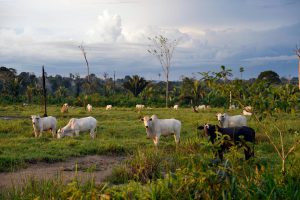
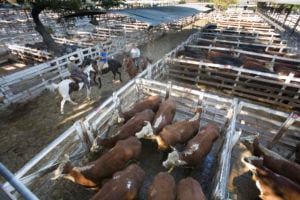

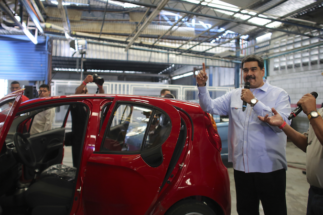
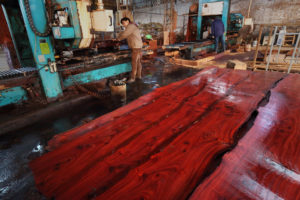

![Damaged house at Bhagirathi valley near Maneri Bhali hydroelectricity project during the 2013 floods in Uttarakhand [All images by: Sumit Mahar]](https://dialogue.earth/content/uploads/2020/07/Damged-house-at-Bhagirathi-valley-near-Maneri-Bhali-HEP-during-2013-floods.-PHOTO-CREDIT-Sumit-Mahar-300x200.jpg)